Disclosure: This article contains affiliate links. We may earn a commission from purchases at no extra cost to you, which helps our travel content.
As I stood watching the morning sun illuminate the ancient ghats of Varanasi, casting long shadows across the sacred Ganges, I was reminded of Virginia Woolf's words: 'One cannot think well, love well, sleep well, if one has not dined well.' Except in Varanasi, one cannot experience well if one does not navigate well—particularly as a solo female traveler. Having grown up with stories of this spiritual epicenter from my mother's textile expeditions, I've returned multiple times to document its rich weaving traditions. This guide distills my experiences to help solo female travelers embrace Varanasi's profound spirituality while navigating its challenges with confidence.
Preparing for Varanasi's Sensory Symphony
Varanasi assaults the senses in ways both magnificent and overwhelming—especially for the uninitiated solo traveler. The city operates on its own spiritual frequency, one that has remained largely unchanged for thousands of years despite the modern world's encroachment.
Before arriving, I recommend spending time with Diana L. Eck's Banaras: City of Light to understand the profound religious significance that permeates every corner of this ancient place. The book contextualizes the seemingly chaotic tapestry of life and death that unfolds along the ghats.
Packing requires thoughtfulness beyond typical travel considerations. Modest clothing is non-negotiable—I bring lightweight cotton salwar kameez sets that respect local customs while keeping me cool in Varanasi's heat. A quality air purifier mask is essential during winter when pollution levels spike. The narrow, winding gallis (alleys) can be disorienting, so I rely on my offline maps app when my sense of direction inevitably fails me among the labyrinthine streets.
Most importantly, prepare your mind. Varanasi's open cremations, persistent touts, and poverty exist alongside profound beauty and spirituality. This duality requires emotional readiness that no guidebook fully conveys.

💡 Pro Tips
- Download offline maps before arrival as network connectivity can be unreliable
- Pack a small bottle of hand sanitizer with a carabiner clip for easy access
- Bring a lightweight scarf that can serve as head covering for temple visits
Accommodation Strategies: Finding Your Sanctuary
Where you stay in Varanasi profoundly impacts your experience. After multiple visits, I've developed a strategic approach to finding safe, comfortable accommodation as a solo female traveler.
The area near Assi Ghat offers the perfect balance—it's less frenetic than the main ghats while remaining authentically Varanasi. Smaller, family-run guesthouses here often provide a more personal experience and protective environment. I've found Yoga House and Stops Hostel particularly welcoming for solo female travelers, with the latter offering women-only dormitories.
Whichever accommodation you choose, prioritize properties with 24-hour reception and secure locks. During winter visits when temperatures can drop surprisingly low at night, I'm always grateful for my silk sleep liner which adds warmth to often-thin bedding while providing a hygienic barrier.
Don't be afraid to request a room change if something feels off—trust your intuition. I once moved rooms simply because the window latch seemed insecure, and the proprietor understood completely. Many guesthouses will arrange airport pickup, which I recommend for arrivals after dark when navigating Varanasi's maze-like streets becomes particularly challenging.
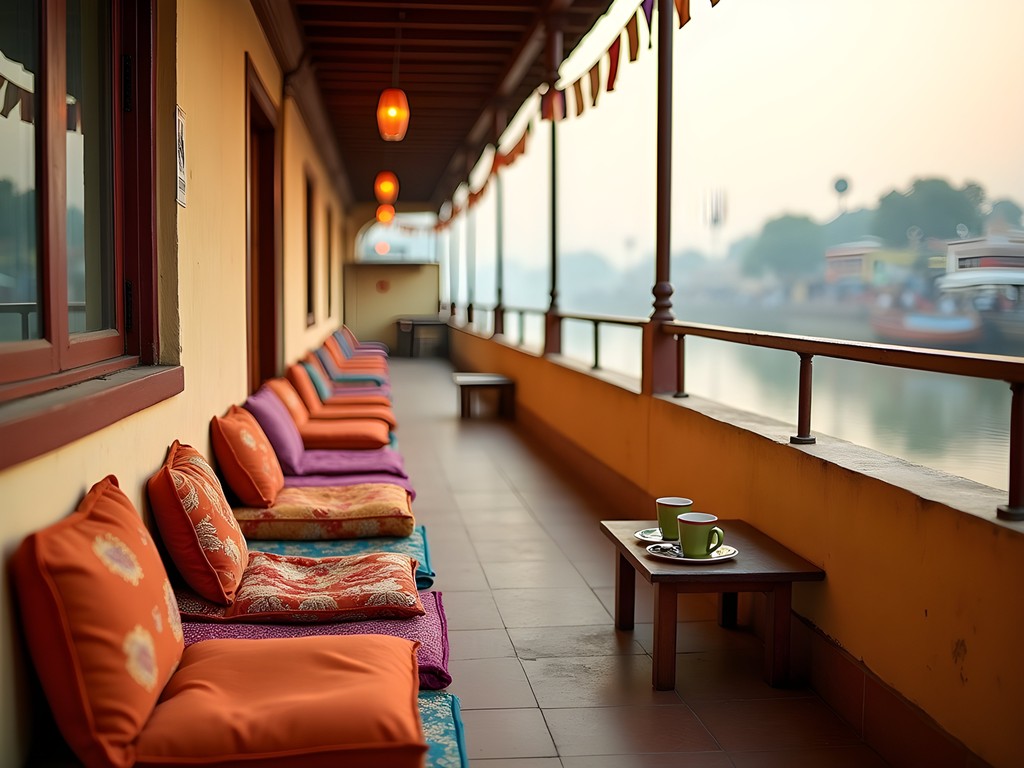
💡 Pro Tips
- Request rooms on upper floors away from street level for added security
- Take photos of your location and share with trusted contacts
- Consider splurging for one night at BrijRama Palace for an authentic heritage experience if your budget allows
Navigating Sacred Spaces: Temples, Ghats & Ceremonies
Varanasi's spiritual landscape comprises over 2,000 temples and 88 ghats, each with its own rituals, histories, and unspoken protocols. As a solo female traveler, approaching these spaces with informed respect opens doors to profound experiences.
For morning explorations of the ghats, I rise before dawn and hire a rowing boat rather than the motorized options. The silence allows for contemplation as you witness the city awakening—pilgrims performing puja, sadhus meditating, and locals washing clothes. My foldable water bottle is indispensable during these long mornings on the water.
When visiting temples, I always carry a cotton dupatta for covering my head and shoulders as needed. The Kashi Vishwanath Temple, dedicated to Lord Shiva, requires particularly modest attire and prohibits leather items. Be prepared for security checks and leave cameras behind (though phones are generally permitted).
The evening Ganga Aarti ceremony at Dashashwamedh Ghat deserves its reputation as a must-see experience, but the crowds can be overwhelming. I recommend arriving at least 90 minutes early to secure a spot, or better yet, viewing from a boat. For a more intimate experience, seek out the smaller aarti ceremonies at Assi or Kedar Ghats.
As a female traveler, I've found wearing a simple wedding band reduces unwanted attention, particularly when photographing ceremonies. When approached by self-proclaimed guides, a firm but polite 'no thank you' delivered without breaking stride is most effective.
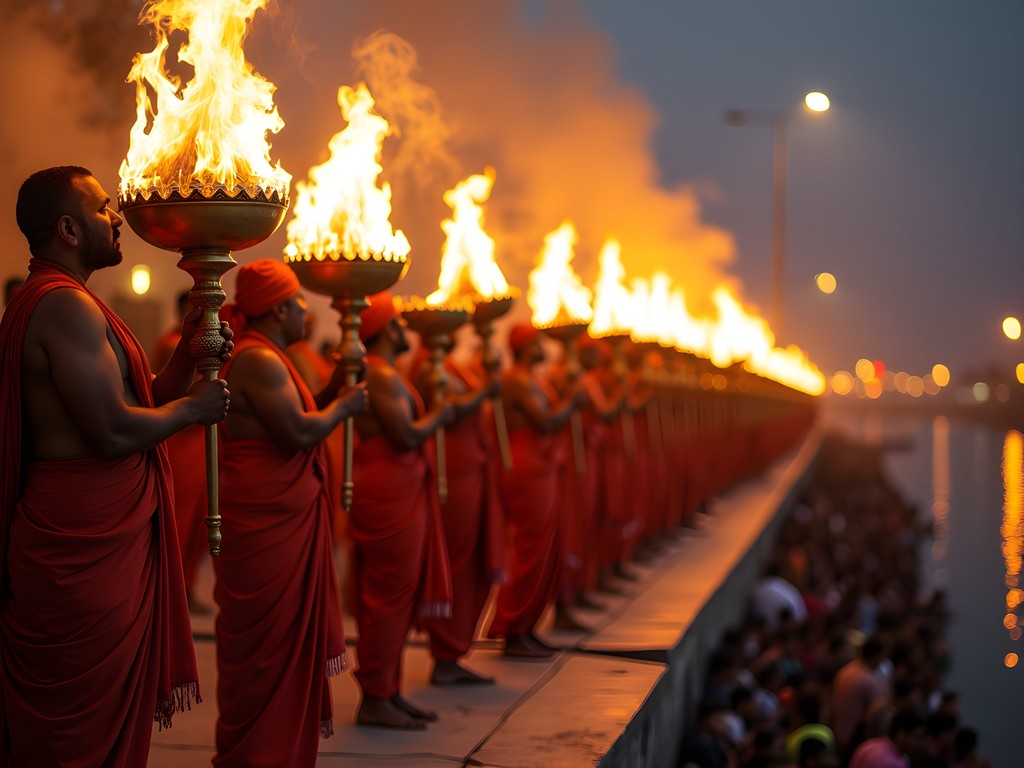
💡 Pro Tips
- Visit Manikarnika Ghat (the main cremation ghat) with appropriate reverence and never photograph cremations
- Carry small denominations for temple donations and boat rides to avoid change difficulties
- Consider hiring a female guide through your accommodation for deeper cultural context
Textile Treasures: Documenting Banarasi Weaving Traditions
As someone who grew up surrounded by my mother's textile collections, Varanasi's legendary weaving traditions hold particular significance for me. The city's Banarasi silk sarees represent a living heritage that has adapted through centuries while maintaining its distinctive character.
To truly understand this tradition, venture beyond the tourist shops to Madanpura, the Muslim weaving quarter where many master weavers maintain their workshops. Here, the rhythmic clacking of handlooms echoes through narrow lanes as artisans create intricate patterns with zari (gold thread) that have remained largely unchanged since Mughal times.
For female travelers interested in textiles, I recommend visiting the Banaras Hindu University's Bharat Kala Bhavan museum first. Its exceptional textile collection provides historical context before engaging with contemporary weavers. When photographing workshops, I use my portable light to capture the intricate details without disturbing the weavers' precision work.
When purchasing textiles, expect to bargain but do so respectfully—these are heirloom pieces requiring extraordinary skill. I suggest visiting Ganga Jamuna Emporium or Mehta Silk House for authentic pieces with transparent pricing. For documenting your textile discoveries, the fabric journal makes both a practical tool and meaningful souvenir.
The most poignant moments often come through conversation with the weavers themselves. Many speak of challenges facing their craft—from synthetic competition to changing markets. These exchanges reveal the human stories behind each thread, connecting you to Varanasi's living cultural heritage in ways no commercial transaction can.
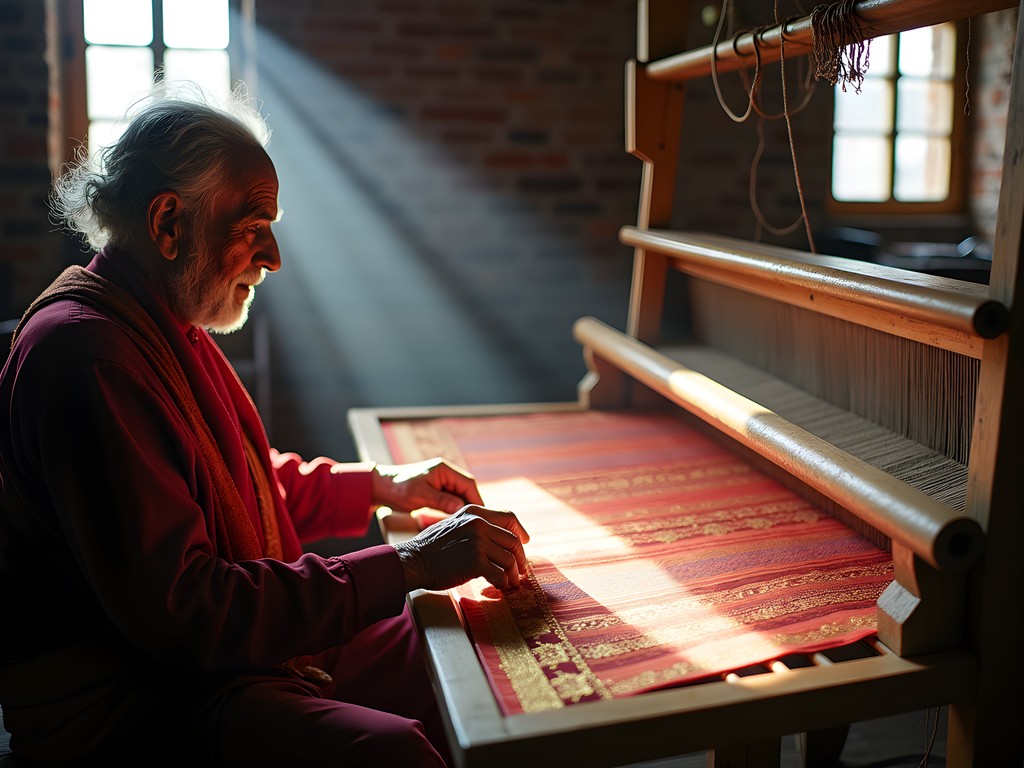
💡 Pro Tips
- Visit workshops in morning hours when natural light illuminates the intricate weaving process
- Learn basic weaving terminology like 'tana-bana' (warp and weft) to engage meaningfully with artisans
- Consider supporting organizations like WomenWeave that preserve textile traditions while empowering female artisans
Solitude and Safety: Balancing Independence with Awareness
Varanasi demands a particular mindfulness from solo female travelers—a balance between openness to its transformative experiences and awareness of its challenges. After multiple visits, I've developed practices that preserve both safety and the freedom to explore independently.
Firstly, timing is everything. Winter mornings offer magical light for photography and contemplation with fewer crowds. I begin before sunrise with a headlamp for navigating dark ghat steps safely, then follow the sun's arc across the day, retreating to my accommodation during the intense midday heat and crowds.
The city's layout requires strategic navigation. I keep a personal safety alarm accessible—its loud sound can deter unwanted attention in crowded areas. When exploring the labyrinthine alleys, I practice what I call 'confident wandering'—moving purposefully even when slightly lost, which happens to everyone in Varanasi's maze-like streets.
For solo dining, I've found the rooftop cafes near Assi Ghat particularly welcoming. Brown Bread Bakery and Pizzeria Vaatika Cafe offer both community tables where you can meet fellow travelers and quiet corners for reflection. The simple act of bringing a book signals your comfort with solitude while deterring unwanted conversation.
Perhaps most importantly, recognize when you need respite from Varanasi's intensity. The city's spiritual significance is intertwined with its confrontation of mortality—the cremation ghats, the ill and dying seeking salvation, the raw humanity on display. Schedule deliberate breaks at peaceful spots like the Man Mandir Ghat observatory or Tulsi Manas Temple gardens to process these experiences.
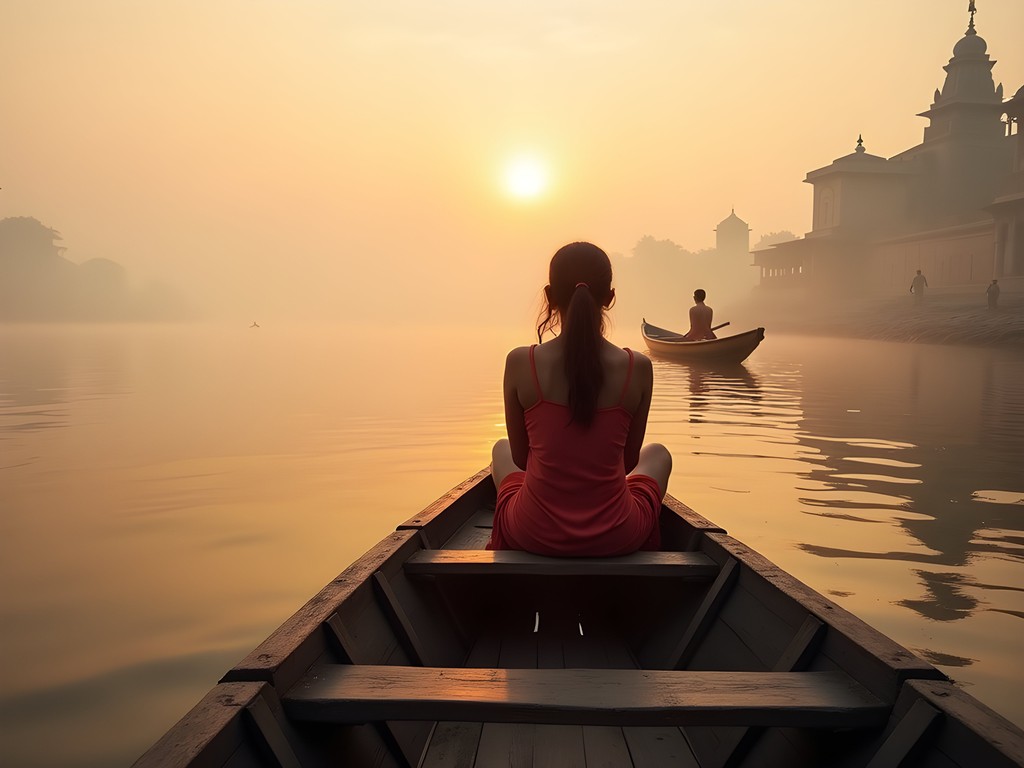
💡 Pro Tips
- Trust your intuition—if a situation feels uncomfortable, extract yourself without explanation
- Use confident body language and avoid appearing lost or uncertain even when you are
- Consider joining small group walking tours initially to orient yourself before solo exploration
Final Thoughts
As I sit writing these final thoughts from a quiet rooftop overlooking the eternal flow of the Ganges, I'm reminded that Varanasi doesn't simply accommodate visitors—it transforms them. For the solo female traveler willing to navigate its complexities with equal parts caution and openness, this ancient city offers revelations impossible to find elsewhere.
The initial sensory overwhelm gradually reveals itself as a profound tapestry of human experience—birth, death, devotion, craft, and community interwoven across millennia. The challenges you'll face here are inseparable from the rewards; the persistent touts and crowded alleys exist alongside moments of transcendent beauty and unexpected connection.
Perhaps most importantly, Varanasi teaches patience—with the city, with fellow travelers, with yourself. The rhythms here have remained largely unchanged for thousands of years, a humbling reminder of our brief passage through spaces that have witnessed countless pilgrimages before our own. As you prepare for your journey, remember that Varanasi doesn't reveal itself to those rushing through with a checklist, but to those willing to sit quietly by the river, observing its flow with reverence and wonder. Namaste yatra — may your journey be blessed.
✨ Key Takeaways
- Winter offers the most comfortable climate and clearest views for exploring Varanasi
- Balance spiritual exploration with practical safety precautions
- Connect with local textile traditions for deeper cultural understanding
- Allow time for processing Varanasi's intensity through quiet reflection
- Embrace the transformative nature of discomfort in this ancient spiritual center
📋 Practical Information
Best Time to Visit
Winter (November-February)
Budget Estimate
$25-40 USD per day (budget accommodation, local meals, boat rides)
Recommended Duration
5-7 days
Difficulty Level
Challenging

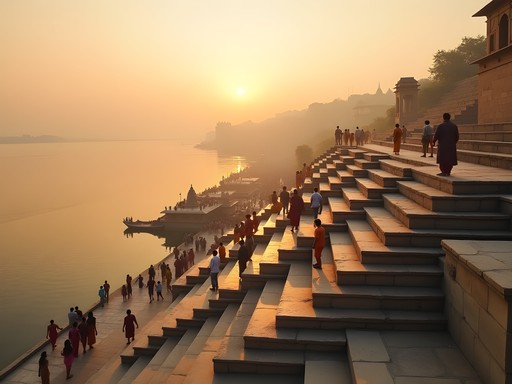
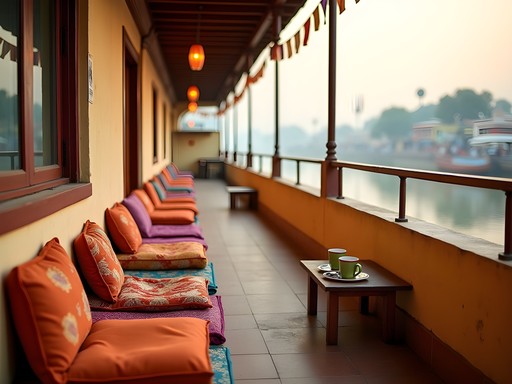
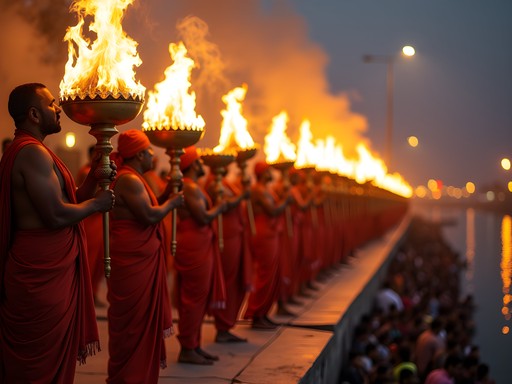

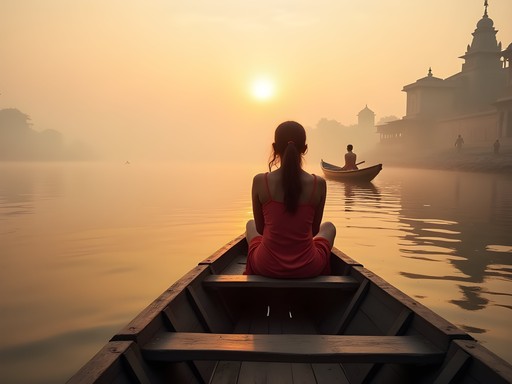









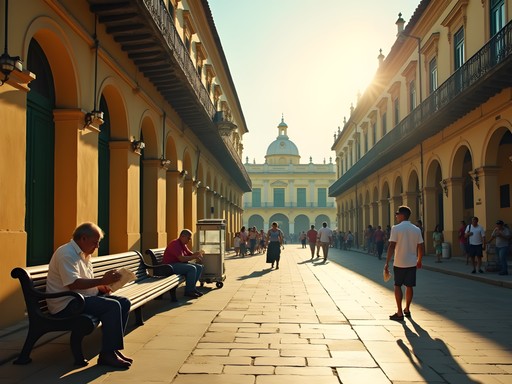
Comments
bluechamp
Just got back from Varanasi last week and this post is spot on! I stayed at Zostel which was great for meeting other solo travelers. The morning boat ride was magical - definitely worth the 5am wake-up call. One tip I'd add: hire a local guide for at least half a day. Mine explained so many cultural nuances I would have completely missed. Also, the narrow lanes are VERY confusing, so download offline maps before you go. I got lost at least three times even with Google Maps!
sunnyace
Did you try any specific street food spots? I've heard the kachori and lassi are amazing there.
bluechamp
Yes! Blue Lassi Shop is touristy but worth it. And there's an amazing kachori place near Dashashwamedh Ghat called Deena Chat Bhandar. Just bring hand sanitizer!
mountainchamp
This is EXACTLY what I needed! Going to Varanasi solo next month. Did you feel safe walking around at night? Any areas I should avoid?
Claire Hawkins
I was in Varanasi last year with my sister! The main ghats are generally well-lit and busy in the evening, especially Dashashwamedh during the Ganga Aarti ceremony. I'd recommend not wandering the narrow alleys alone after dark, though. We used the personal alarm which gave us peace of mind, but honestly never needed to use it. Just stay aware of your surroundings like any city!
mountainchamp
Thanks Claire! That's super helpful. Will definitely check out the evening ceremonies then!
sunnyace
Great post! Been wanting to visit Varanasi for years. Those sunrise photos are stunning!
Sophia Gomez
Love your detailed coverage of the textile traditions, Gary! I extended a business trip to Delhi specifically to visit Varanasi's silk weavers last year. For anyone interested in the textiles, I'd recommend visiting Banaras Art House - they let you watch the master weavers at work on those incredible jacquard looms. The owner explained how they're preserving techniques that are centuries old. And definitely bargain respectfully at the markets - prices start at least 3x what locals would pay. I'm still treasuring my midnight blue silk scarf with silver thread work!
Riley Griffin
Gary, what a thoughtful guide! While I usually travel with my family, I did Varanasi solo a few years back and it was transformative. Your section about finding sanctuary in the chaos really resonated. I stayed at a heritage haveli near Dashashwamedh Ghat and would recommend that approach - having a peaceful home base is essential. One evening, I got completely lost in the labyrinthine alleys and ended up being guided back by a 10-year-old local boy who refused any payment except for me to take his photo. Those unexpected moments of connection are what make Varanasi so special. For women traveling there, I'd add: consider hiring a female guide for your first day - helps with orientation and cultural context immensely.
exploreseeker
Just booked my trip for next month! So excited!
Gary Gonzalez
You're going to have an amazing time! Feel free to DM if you have any specific questions before your trip.
winterway
Your writing captures the spiritual essence of Varanasi perfectly. Felt like I was there!
photofan
Gary, your section on photographing the ghats was incredibly helpful! I was in Varanasi last month and followed your advice about asking permission before taking photos during ceremonies. Made such a difference in how people responded to me. One tip I'd add for other female photographers - I found wearing a scarf that could quickly cover my camera helped in sensitive areas, and carrying small prints to give to people whose portraits I took opened so many doors. The morning light on Manikarnika Ghat was exactly as magical as you described!
wanderdiver
I'm planning my first trip to India next year and Varanasi is on my list. As a solo female traveler I'm a bit nervous about safety. Did you ever feel uncomfortable there? Any specific areas to avoid?
citypro
Not Gary but I can share my experience! I felt mostly safe in Varanasi but it's definitely intense. The narrow alleys near the main ghats can get confusing - I used offline maps and always returned to my guesthouse before dark. Dress modestly and be firm with touts. The locals are actually incredibly kind and protective of solo female travelers in my experience!
wanderdiver
Thank you so much for the tips! That's reassuring to hear. Did you use any specific offline map app that worked well?
citypro
I used Maps.me which was super reliable even in the tiniest alleys of Varanasi. Saved me so many times!
coffeewalker
Your photos are absolutely stunning! Makes me want to book a ticket right now.
Venture X
Premium card with 2X miles, $300 travel credit, Priority Pass